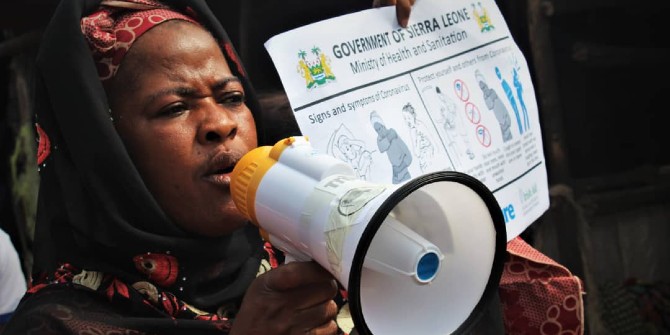
By Ndongo Samba Sylla and Peter Doyle
This piece was written before the Coronavirus outbreak. It is a timely proposal of action. Given the high exposure of the developing world to the virus in contexts of medical and other logistical shortcomings, the damage to their productive capacity is likely to be much more severe than for the advanced world. ��This fact is already reflected in particularly sharp virus-stirred capital outflows from these countries. ��All this greatly increases their exposure to the present global structures for sovereign insolvency, and the urgent need for those structures to be radically reformed—as the authors propose with the Pre-Emptive Sovereign Insolvency Regime (PSIR).
In a radical call for reform of the IMF’s pro-creditor and anti-growth approach to indebted countries in Africa, Ndongo Sylla and Peter Doyle argue that the continent has a choice to make. Creditors, using the IMF, must be stopped from forcing devastating output losses by imposing high primary surpluses.
Within a decade, just to keep up with the flow of new entrants into its labour markets, sub-Saharan Africa needs to create 20 million new jobs every year. This is a huge challenge. But it is also a thrilling opportunity—to harness the energy and creativity of all of Africa’s young.
However, after it reviews these issues in Africa, the IMF’s immediate message—literally in the same sentence—is to pivot to ‘budget cuts to secure debt sustainability!’
That is plain wrong. For Africa to meet its development objectives, the IMF must radically change its pro-creditor anti-growth approach to highly indebted/insolvent countries.Read More »







